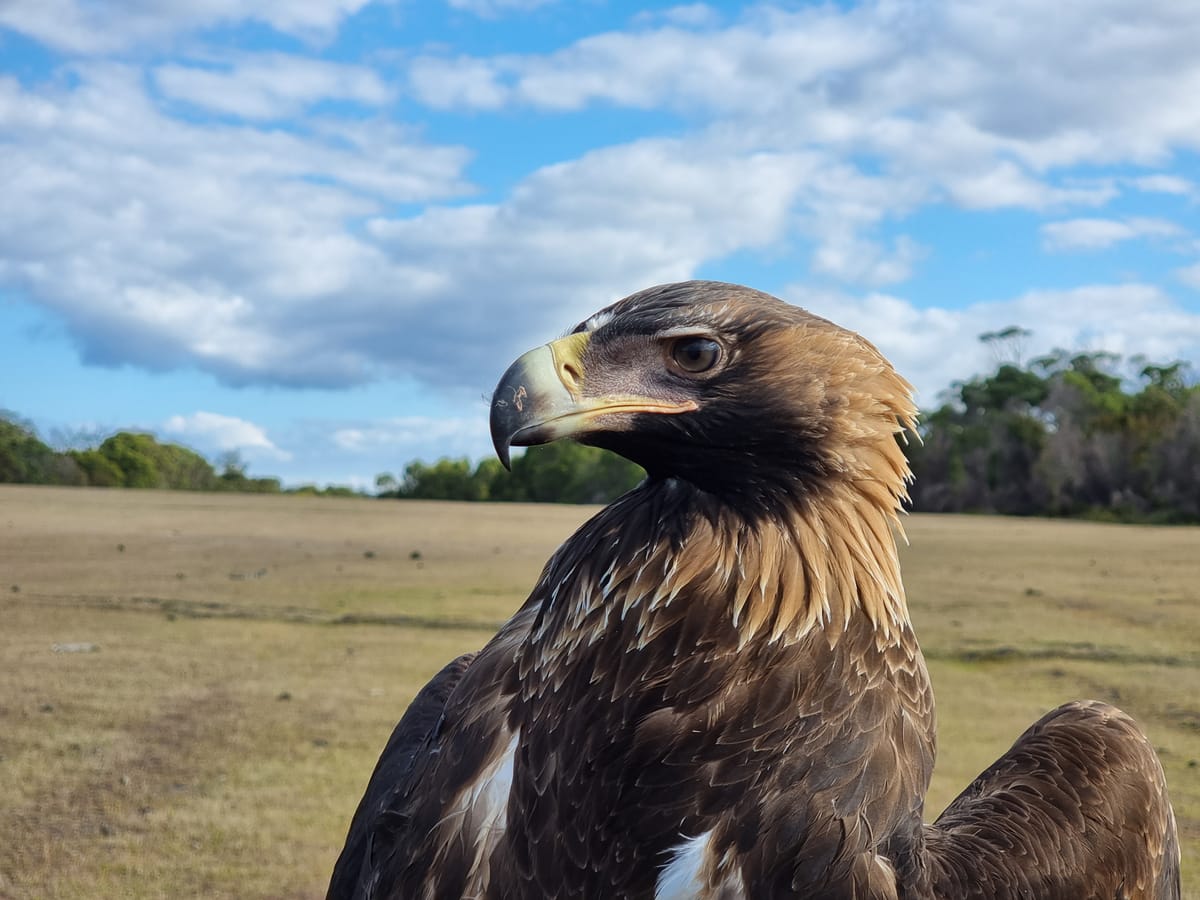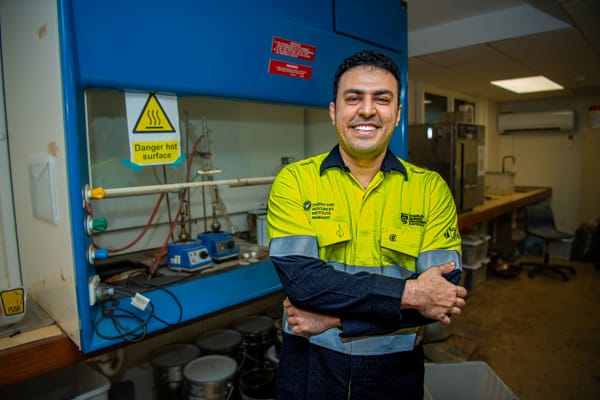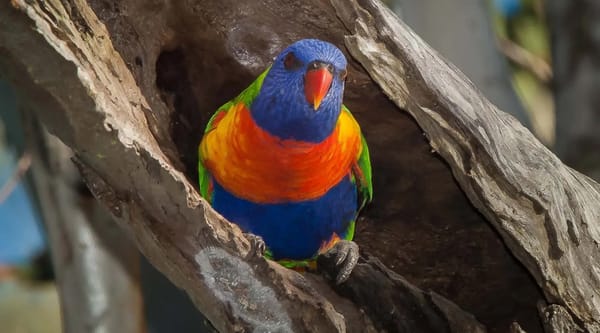Meet Ernie, the wedge-tailed eagle who didn’t want to leave home
Researchers from the University of Tasmania have discovered that, contrary to the previous belief that wedge-tailed eagles leave their parents' territory about five months after fledging, the process often takes much longer.

First published by University of Tasmania
It turns out leaving the nest can be challenging, even for our feathered friends.
Researchers from the University of Tasmania have discovered that, contrary to the previous belief that wedge-tailed eagles leave their parents' territory about five months after fledging, the process often takes much longer.
In fact, young wedge-tailed eagles can take over a year before they are ready to explore new territories. For one eagle, however, the process took even longer.
Meet Ernie, a wedge-tailed eagle hatched on Tasmania’s Maria Island and one of 25 young eagles being GPS-tracked by the University’s School of Natural Sciences.
Wedge-tailed eagles are Australia's largest birds of prey and play a vital role in maintaining the balance of the ecosystem. Understanding their behaviour, especially during their formative years, is essential for conservation efforts and ensuring their survival in the wild.
Lead researcher Dr James Pay says Ernie’s behaviour is unique within the group. It took him over 19 months to leave his parents’ territory, and a further two-and-a-half years to reach mainland Tasmania.
“Of the 25 eagles we have been tracking, 24 have been flying thousands of kilometres around Tasmania. Meanwhile, Ernie the Maria Island wedgie has been reluctant to leave his island home,” Dr Pay says.

Unlike the other young eagles in the program, Ernie was the only island-based wedge-tailed eagle, which likely influenced his reluctance to leave.
“Wedge-tailed eagles generally don’t like flying over open water, so it is likely that flying the 4-5 kilometres between Maria Island and mainland Tasmania was a daunting prospect for Ernie.”
The research being conducted by the University aims to better understand the movement patterns and survival rates of young wedge-tailed eagles.
Insights from tracking eagles like Ernie are crucial for developing effective conservation strategies. By understanding the challenges these birds face, especially in their early years, researchers can work towards protecting critical habitats and ensuring the future of this iconic species.
After finally making it off Maria Island, Ernie landed at Pine Creek Beach on Tasmania’s east coast and began to explore the state.
Yet, he has never forgotten his island home and has revisited Maria Island three times since that maiden flight.
Now six-years-old, Ernie is currently stretching his wings on the Tasman Peninsula, where researchers believe he may be looking to establish his own territory.




